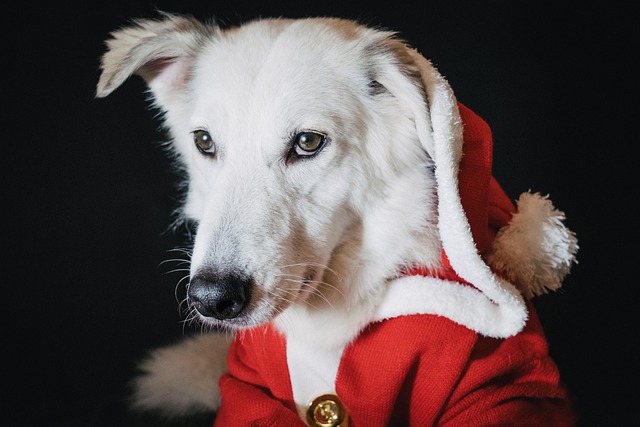
Should dogs be given paw pads and protective covers
Should dogs wear paw protectors? If you’ve ever stood in the Arizona sun, watching your boxer “Rocky” lift his paws off the asphalt like he’s stepping on a hot griddle
Should dogs wear paw protectors? If you’ve ever stood in the Arizona sun, watching your boxer “Rocky” lift his paws off the asphalt like he’s stepping on a hot griddle, or struggled to get your husky “Luna” to walk through Minnesota’s salted snow without whimpering, you’ve probably stared at those colorful dog booties in the pet store and wondered: Do they really need them? The answer depends on the situation—paw protectors aren’t a must for every walk, but they can be lifesavers in extreme conditions. Let’s break it down.
Dogs’ paw pads are marvels of natural engineering. Those thick, rubbery cushions have built-in defenses: a tough outer layer to resist scratches, oils to repel moisture, and even a bit of insulation. For everyday walks on grass or mild pavement, they’re more than enough. But when the world gets extreme? That’s where protectors come in. In summer, asphalt in places like Phoenix can hit 140°F—hot enough to blister pads in seconds. Winter brings salt and ice, which dry pads to cracking and burn when licked. Sharp gravel trails or city sidewalks with broken glass? Those can slice even tough pads. Think of protectors like hiking boots for your dog—not needed for a stroll around the block, but smart for rough terrain.
If you decide to try them, here’s how to do it right. Start with the right gear: look for booties with non-slip soles and breathable fabric (no plastic—they’ll make paws sweat). For hot days, lightweight mesh works; for snow, waterproof neoprene. Now, the tricky part: getting your dog to keep them on. Luna’s owner in Denver learned this the hard way—she slid on four booties, and Luna immediately sat down, shaking her paws like she had spiders. The fix? Take it slow. Let your dog sniff the booties, then reward with a treat. Put one on a paw, give another treat, then take it off. Repeat daily, adding a second paw, then all four, until they walk comfortably. Rocky’s owner in Tucson did this with peanut butter rewards; after a week, he trotted around the backyard like the booties were part of him.

Paw protectors tie into bigger responsibilities as a pet owner in the U.S. First, the basics: all states require rabies vaccines by 4 months old, with fines up to $500 in Los Angeles for skipping them—healthy dogs handle booties (and life) better. When out, always carry poop bags—failing to clean up in Chicago can cost $250, and even with booties, your dog’s waste needs picking up. For apartment dwellers, booties can save your floors: no more scratch marks from excited zoomies, which keeps landlords happy.
Remember, never force booties on a stressed dog. If they panic, take them off, offer a toy, and try again later. Positive reinforcement is key—yelling or restraining will only make them hate the process. At community parks, keep an eye on your dog: some pups get overstimulated in booties and might nudge other dogs too hard, so give space. And know when to skip them—overusing protectors can weaken pads, since they need regular, gentle wear to stay tough.
In the end, paw protectors are tools, not necessities. Use them when the world gets too harsh, skip them for lazy walks, and always listen to your dog’s cues. When Rocky struts through the summer heat in his booties, no longer flinching at the pavement? That’s when you’ll know you made the right call.

Should dogs wear paw protectors? If you’ve ever stood in the Arizona sun, watching your boxer “Rocky” lift his paws off the asphalt like he’s stepping on a hot griddle

Should I condition my dog’s paw pads? If you’ve ever watched your border collie “Jax” hesitate before stepping onto the frosty sidewalk, his paws lifting like he’s touching shards of glass

Trying to figure out your new puppy’s coat type is one of those little mysteries that pops up when you’re knee-deep in chew toys and late-night potty runs.

Should I condition my dog’s paw pads? If you’ve ever watched your border collie “Jax” hesitate before stepping onto the frosty sidewalk

Picture this: You're giving your Golden Retriever a post-park bath in your cramped apartment bathroom, and their fur feels like straw after shampooing.

How do you know if your dog needs glands expressed? If you’ve ever caught your dachshund “Ollie” dragging his butt across the living room carpet like it’s a magic carpet ride